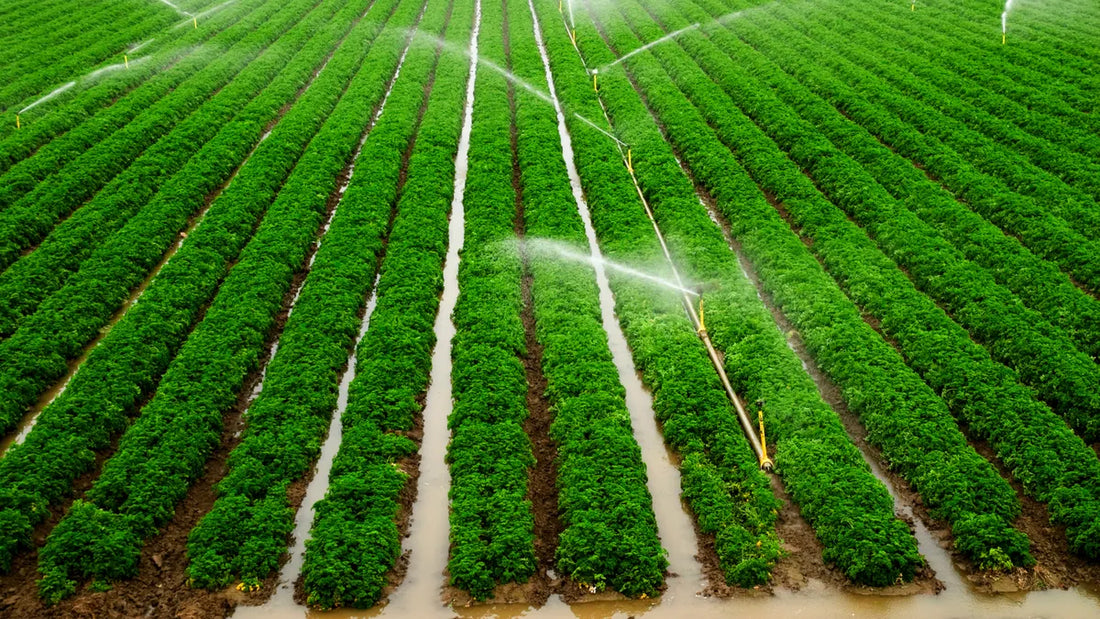Article By :- Shikhar Dwivedi
INTRODUCTION
Water is life for crops, but excess water, particularly during winter, can damage plants rather than benefiting them. In winter months, crops require less water as there is slow evaporation and soil retains moisture longer. If farmers continue watering as much during winter as they do during summer, the soil becomes waterlogged, roots can't breathe, and crops are vulnerable to diseases such as root rot. This is why it is extremely essential to learn to prevent over-irrigation during winter.
Here are 7 easy ways to prevent over-irrigation during cold months:
Learn Your Crop's Winter Requirements
Each crop requires a varying amount of water. During cold months (Rabi season), cereals like wheat, mustard, chickpeas, and peas require less water compared to summer. For instance, wheat will require watering every 20–25 days during the initial stage, but not every week. Having the precise water requirement of your crop will prevent you from watering blindly.
Test the Soil Before Irrigation
Don't irrigate out of habit—check the soil first. Easy methods are:
Digging a tiny hole to check if the soil is still damp. Picking up soil in your hand—if it clings together, there's sufficient water. If it breaks, then irrigate. This tiny check saves water and electricity too.
Use the Right Time of Day
During winter, the ideal time to irrigate is midday (10 am–2 pm) when temperatures are warmer. It avoids chilling injury to crops and ensures water absorbs better. Don't irrigate at night or early morning. Water remains cold and hurts roots.
Implement Smart Irrigation Practices
Rather than flooding the entire field, use water-conserving practices:
Drip irrigation: Supplies water drop by drop to the roots. Sprinklers: Evenly distribute water and avoid wastage. Furrow irrigation: Irrigate crop rows rather than the whole land. These techniques utilize 30–50% less water and minimize the risk of over-irrigation.

Keep an Eye on Weather Conditions
During cold months, rain, fog, and dew already contribute some natural water. If rain has occurred, you can omit or postpone irrigation. So too with fog and dew in the morning that settles on leaves and soil, contributing moisture. Always monitor the weather forecast prior to activating the pump.
Eliminate Standing Water That Persists Continuously
Fruits such as mustard and pulses do not prefer water sitting in the field. Roots begin to rot if water sits for over a day. Ensure proper drainage channels in your field so excess water drains out. This saves crops from frost injury and fungal diseases.
Use Technology for Guidance
Now, there are numerous simple mobile apps and soil moisture monitors. They inform you when and how much water to provide. Even SMS notifications from agriculture departments keep farmers aware of when to irrigate. Such tools can save time, money, and crops.
Conclusion
Winter over-irrigation is an unseen issue that most farmers may not know until the crops are lost. Keep in mind:
Less water is needed by crops in winter. Always check soil moisture prior to irrigation. Utilize modern methods of irrigation and weather reports to conserve water.

